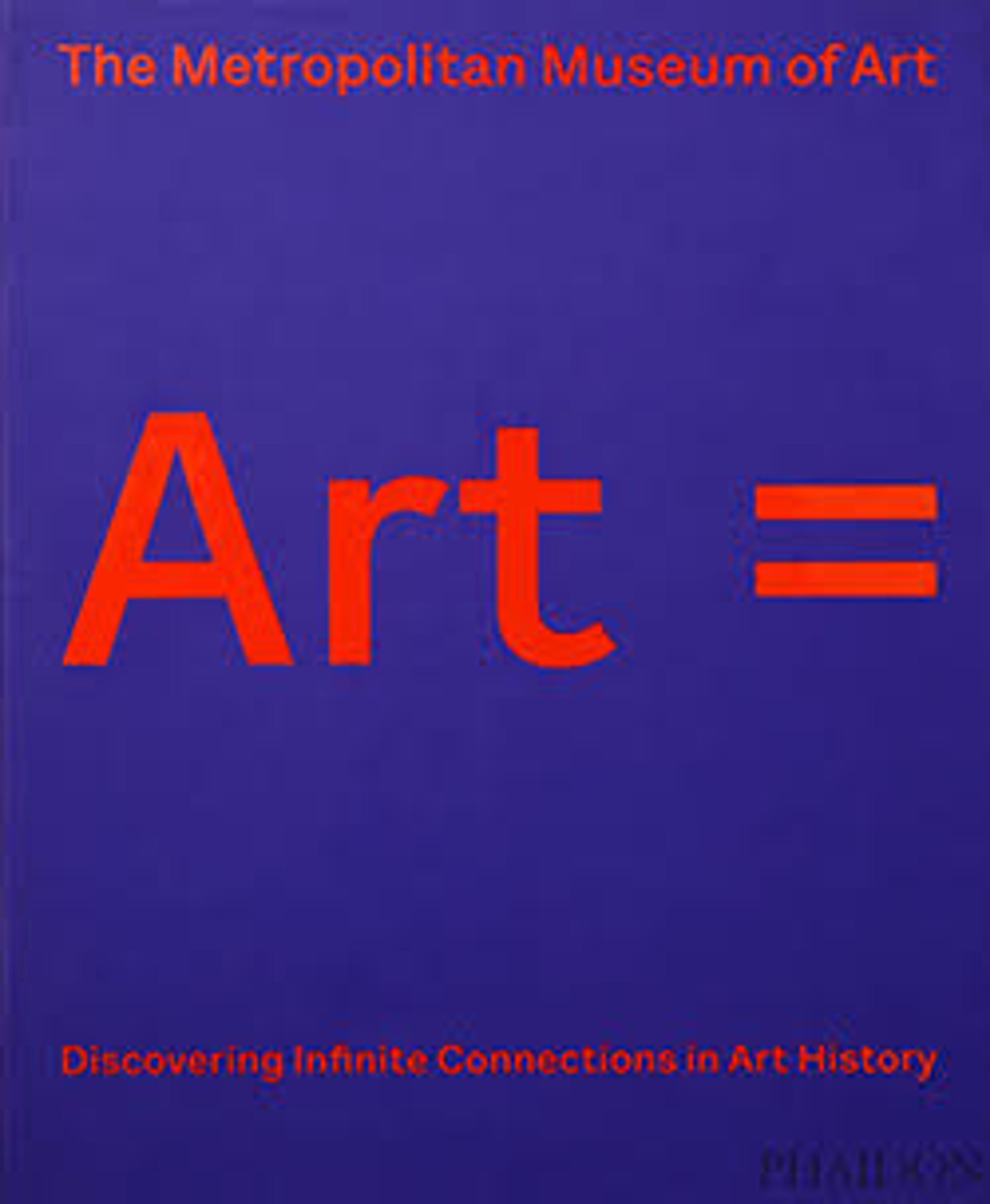Terracotta Panathenaic prize amphora
Obverse, Athena
Reverse, pankration (athletic contest) and judge
After the mid-sixth century B.C., artists' signatures do not appear on Panathenaic prize amphorae. It seems, however, that certain artists used their own "trademark" shield devices. The Kleophrades Painter favored Pegasos, the winged horse. The reverse of this vase depicts the pankration, which combined wrestling, boxing, and kicking. The inclusion of the judge may highlight the particular danger of the event to the competitors.
Reverse, pankration (athletic contest) and judge
After the mid-sixth century B.C., artists' signatures do not appear on Panathenaic prize amphorae. It seems, however, that certain artists used their own "trademark" shield devices. The Kleophrades Painter favored Pegasos, the winged horse. The reverse of this vase depicts the pankration, which combined wrestling, boxing, and kicking. The inclusion of the judge may highlight the particular danger of the event to the competitors.
Artwork Details
- Title: Terracotta Panathenaic prize amphora
- Artist: Attributed to the Kleophrades Painter
- Period: Archaic
- Date: ca. 500 BCE
- Culture: Greek, Attic
- Medium: Terracotta; black-figure
- Dimensions: H: 25 in. (63.5 cm)
- Classification: Vases
- Credit Line: Rogers Fund, 1916
- Object Number: 16.71
- Curatorial Department: Greek and Roman Art
More Artwork
Research Resources
The Met provides unparalleled resources for research and welcomes an international community of students and scholars. The Met's Open Access API is where creators and researchers can connect to the The Met collection. Open Access data and public domain images are available for unrestricted commercial and noncommercial use without permission or fee.
To request images under copyright and other restrictions, please use this Image Request form.
Feedback
We continue to research and examine historical and cultural context for objects in The Met collection. If you have comments or questions about this object record, please contact us using the form below. The Museum looks forward to receiving your comments.
